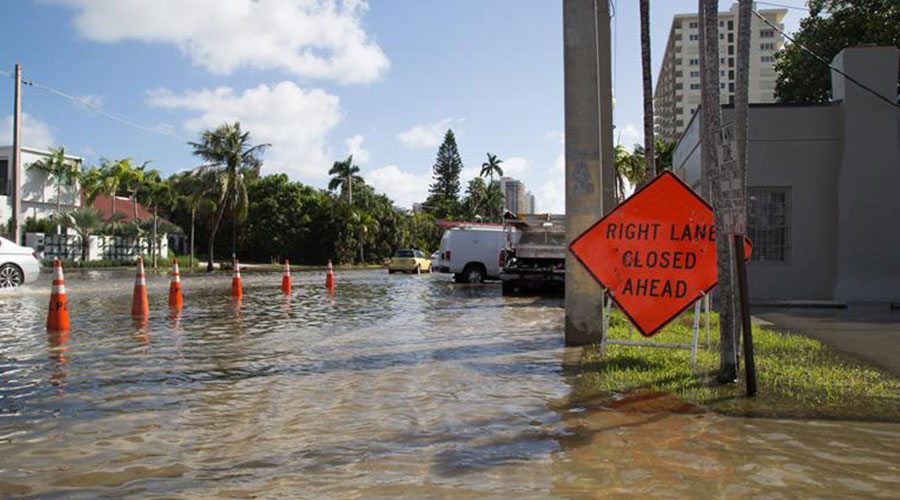Proper Planning Can Let Facility Managers Telecommute And Weather The H1N1 Outbreak
At first glance, telecommuting might seem out of reach for FM staff. With BAS technologies, it’s possible to run some building systems from home, but it’s hard to salt a sidewalk or fix a toilet remotely.
Still, telecommuting is possible for anyone who spends part of their time on the phone or on the computer, says Chuck Wilsker, president and CEO of the Telework Coalition. This touches many functions in FM — those involved in the administrative or supply process, accounting, call centers and management, among others.
“Think of it functionally,” says Marc Liciardello, IFMA board member and Aramark vice president, corporate services. “You can embrace telecommuting, even if it is just to minimize the number of hours people are exposed to the workplace.”
Establishing telecommuting requires more than setting up the infrastructure, which includes providing computers to employees and setting up remote access. Management concerns come into play, as well as individual temperament.
“It takes a certain personality,” says Subodh Kumar, president of the Chartered Facility Management Group. Teleworkers need to be able to work by themselves. “Some people need other folks around them. They might have a difficult time being by themselves.” Software solutions, like desktop video conferencing, could help.
Managers may have to tweak their styles in order to accommodate telecommuters. “Most management perspective is: If I don’t see you, you’re not working,” says Kumar. “You have to manage by objectives. Most managers don’t understand that. You can work away from the office and still deliver results.”
And as with any other plan, practice makes perfect. Don’t wait until the crisis to realize the company’s network can’t accommodate all the remote accesses at once, for example.
Luckily, from bad weather to sick kids, life provides no shortage of situations to test out telecommuting. 
— Naomi Millán
Related Topics:
















